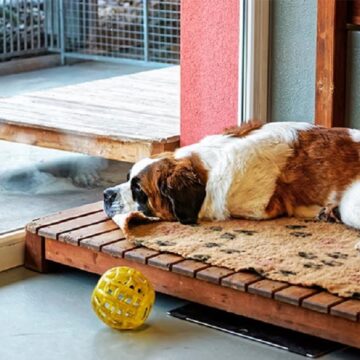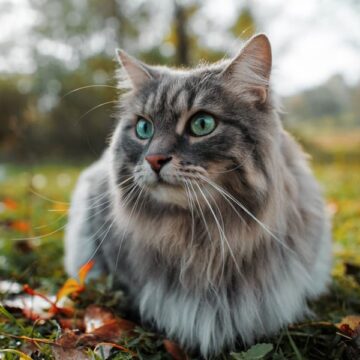Pets face unique grooming challenges throughout the changing seasons. Their coats, skin, paws, and overall comfort needs shift dramatically from summer heat to winter cold. To keep pets healthy, comfortable, and looking their best, grooming routines should be adapted to match these seasonal demands. Proactive seasonal grooming prevents many common problems while addressing others before they become serious.
Summer grooming keeps pets cool
- Hot weather brings specific grooming needs focused on heat management and outdoor protection. Contrary to popular belief, double-coated breeds benefit from thorough de-shedding rather than shaving. Many pet parents discover the benefits of seasonal grooming plans at Pet Evolution, where staff provide customized recommendations based on breed, coat type, and lifestyle needs.
- Water activities increase during summer months, making proper drying techniques essential. Leaving coats damp creates ideal conditions for skin infections, particularly in areas where fur creates skin folds. Complete drying after swimming or bathing prevents these hot spots from developing while reducing unpleasant odours.
Fall preparations prevent winter problems
Autumn grooming sessions serve as critical preparation for winter challenges ahead. Fall coat changes require special attention as summer coats shed and denser winter coats begin growing. This transitional shedding often surprises pet owners with its intensity and duration. Key fall grooming tasks that prevent winter issues:
- Nail trimming before decreased outdoor activity leads to overgrowth
- Ear cleaning to prevent trapped moisture from summer swimming
- Prevention trimming around areas prone to matting in winter
Fall represents an ideal time for establishing maintenance routines that carry through winter. Teaching pets to accept nail trimming, ear cleaning, and brushing during this relatively comfortable season builds habits that serve them well during more challenging winter months when these procedures become even more necessary.
Winter protection from harsh elements
Winter brings unique challenges requiring specific grooming adjustments. Contrary to intuition, bathing remains important during winter but requires special considerations. Completely drying after baths becomes non-negotiable as wet fur loses insulating properties and leads to chilling. Winter-specific grooming needs include:
- Regular brushing to prevent dangerous matting that pulls on skin
- Extra attention to ear cleaning when hats or hoods increase ear moisture
- Monitoring for dandruff as winter’s dry air affects skin hydration
Winter clothing for pets necessitates adapted grooming routines. Areas, where sweaters, coats, or boots create friction, need more frequent checking for matting or irritation. These friction points commonly occur around leg bands, neck openings, and harness contact areas.
Spring revival refreshes winter-weary pets
- Spring brings dramatic coat changes as winter fur sheds to make way for lighter summer coats. This seasonal shedding typically occurs more intensely than fall transitions, often overwhelming pet owners with the volume of loose fur. Professional de-shedding treatments remove this loose undercoat efficiently, speeding the transition while reducing fur around the home.
- Spring mud and rain create perfect conditions for fungal and bacterial skin infections. Keeping pets properly dried after outdoor adventures prevents these problems from developing. Pay special attention to belly fur, paw areas, and facial folds that stay damp longer.
Parasite prevention integrates with spring grooming routines as flea and tick season begins. Regular coat inspections during brushing sessions detect early invaders before they are established. Professional groomers check commonly overlooked areas like inside ears, between toes, and under collars where parasites often hide. This vigilance prevents minor problems from developing into full infestations requiring medical intervention.
















